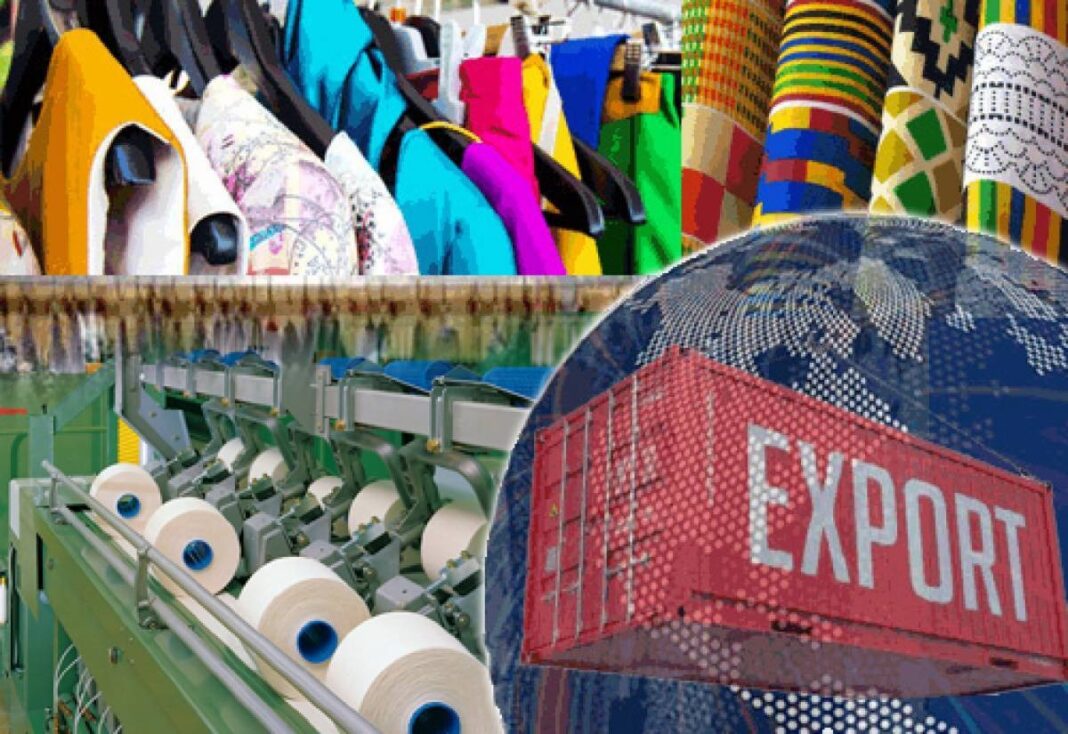ISLAMABAD: The shortage of raw materials, depreciation of the rupee against the dollar and energy crisis have badly affected exports of textile items from Pakistan to other countries during the last few months, WealthPK reports.
Pakistan’s textile exports declined by 12% in January, making it the fourth consecutive month of negative growth. The country’s textile exports also fell by 8% during the first seven months of the current fiscal.
Asad Naqvi, a senior analyst at the All Pakistan Textile Mills Association (APTMA), told WealthPK that the growth in textile exports remained below expectations due to various problems. He said that a shortage of raw materials, an increase in prices of petroleum products, currency devaluation, and the global financial crisis hindered Pakistan’s textile export.
“Non-availability of cotton, closure of textile units, stranding of cotton consignments at ports and high-interest rates are also among the major problems,” said Asad Naqvi.
He said that Pakistan’s cotton production dropped by 50% from 14 million bales to six million bales, inflicting annual losses of $2 billion on the textile industry.
The analyst feared that textiles exports could further decline in the coming months if reliable and affordable energy supplies were not ensured.
APTMA has repeatedly said that the volume of Pakistan’s textile exports can decline by $400 million to $500 million each month if the problem of energy shortage is not resolved.
According to data released by the association, Pakistan’s textile exports dropped to $10.08 billion during the first seven months of the current fiscal year from $10.93 billion in the same period of the previous financial year.
Exports in January also dropped to $1.33 billion in January 2023 from $1.55 billion during the same month of last year, showing a decline of 12%.
Pakistan exported textile items worth $19.329 billion, the highest-ever volume, during the last fiscal. However, the textile sector couldn’t sustain the trend of positive growth and exports started to decline in October after recording a growth of a single digit during the first three months of the current fiscal.
According to the data, textile exports surged by only 1%, 8% and 9% in July, August and September, respectively. However, exports appallingly dropped by 15%, 18%, 15% and 12% in October, November, December and January, respectively.
Pakistan Textile Exporters Association (PTEA) has also said that the economic slowdown in the country has negatively impacted exports. “The main issue is falling foreign exchange reserves,” the PTEA said in a statement.
It said that the country’s textile industry was operating at less than 50% of its actual capacity and many people associated with the sector had already lost jobs.
“Textile export industry is under stress due to the high cost of doing business and it is also at a comparative disadvantage in respect of production cost in the region,” said the statement.
The PTEA feared that meeting the export targets in the current fiscal would be more difficult in the prevailing circumstances. “Worsening international economic situation, primarily because of the Ukraine crisis, combined with floods in Pakistan, had negatively impacted the already inefficient supply chain of the country,” it added.
Textile items are the major portion of the country’s overall exports. The textile sector hosts more than 50% of the industrial workforce in Pakistan. Textile exports in the previous financial year accounted for 60.92% of the country’s total exports of $31.76 billion.
The textile exports target for the current fiscal has been set at $25 billion, according to the information gathered by WealthPK.






